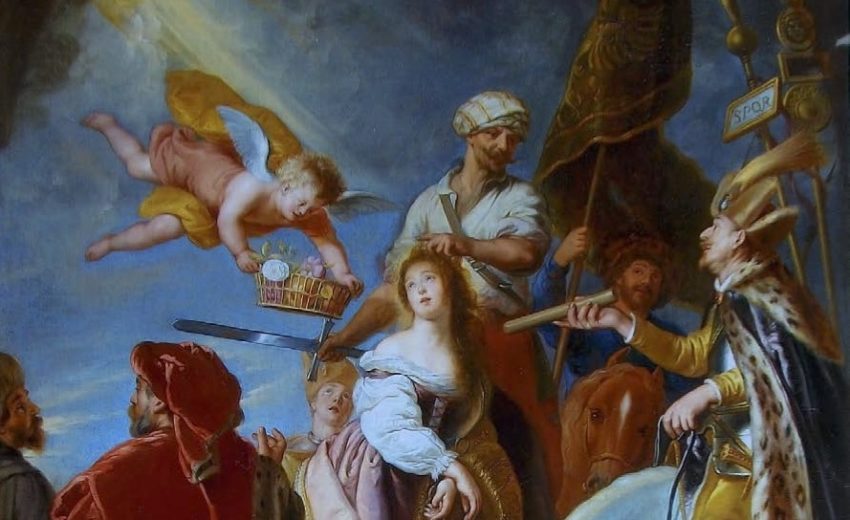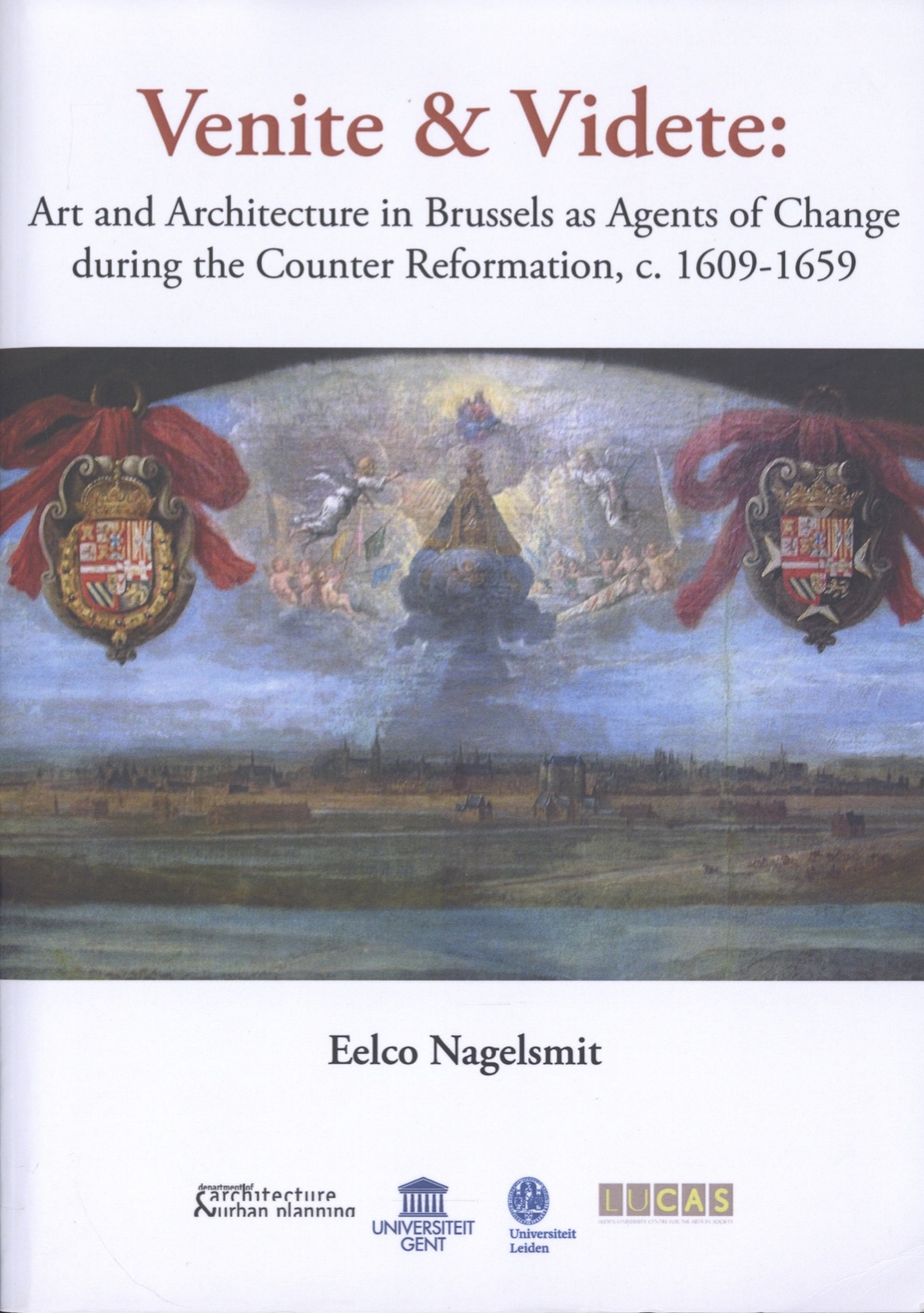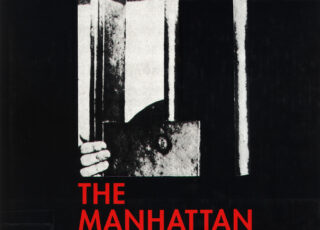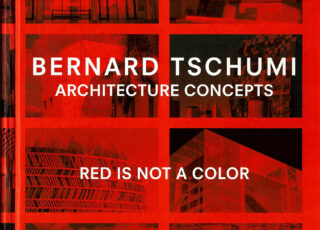
Nagelsmit, Venite & Videte
In the Counter Reformation, art and architecture are often attributed a central role in such a process of persuasion. Recent historical studies, however, have emphasized the intense fear of God that held Early Modern society in its grip, leading to a revision of the traditional view of the Counter Reformation as a top-down process. This revision has important implications for the history of art, as it challenges us to reconsider the notion of religious art and architecture during the Counter Reformation as rhetorical “propaganda”. In the present dissertation I approach the religious art patronage in the Catholic South from a perspective informed by recent developments in ethnography and anthropology. I propose to redefine the “baroque piety” of religious patronage that generated works of art and architecture not as a strategy to persuade (in a rhetorical way), but to negotiate with the divine in a continuous process of reconciliation, aiming to regain divine grace. Put in anthropological terms, works of art served as ritual interfaces to enter into negotiation with the divine. This negotiation with God took place within networks of social relations (nexuses) in which art and architecture functioned as agents of change.
Download
Nagelsmit_Venite & Videte.pdf
Nagelsmit_Venite & Videte.txt
Nagelsmit_Venite & Videte.html
Nagelsmit_Venite & Videte.jpg
Nagelsmit_Venite & Videte.zip



